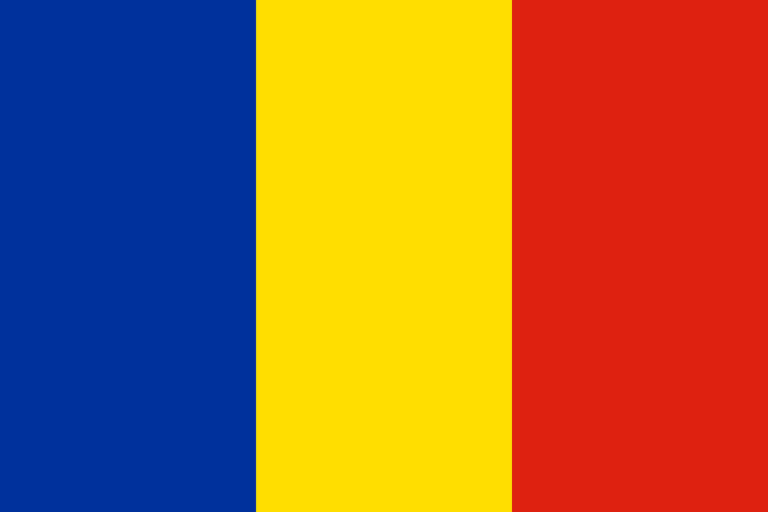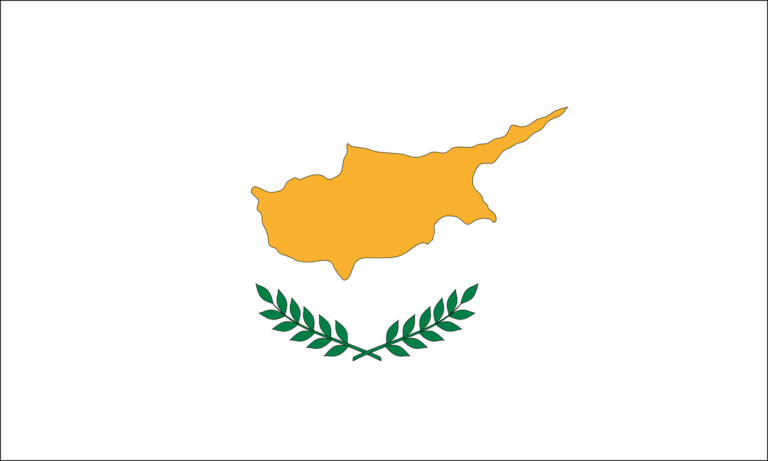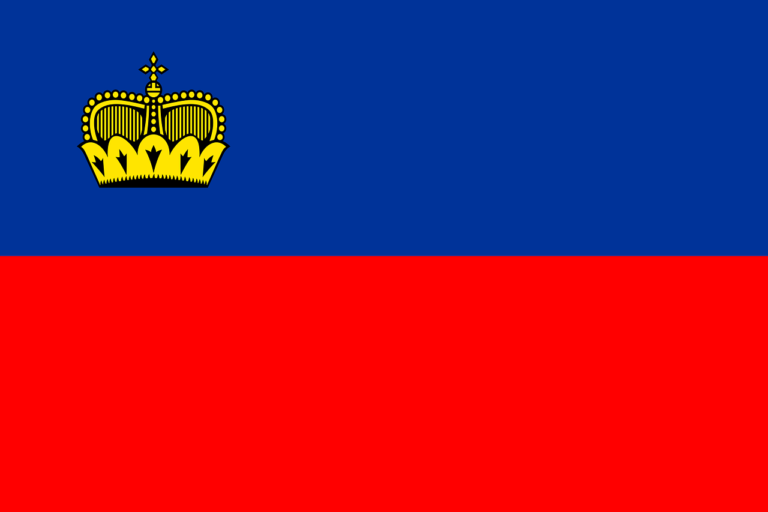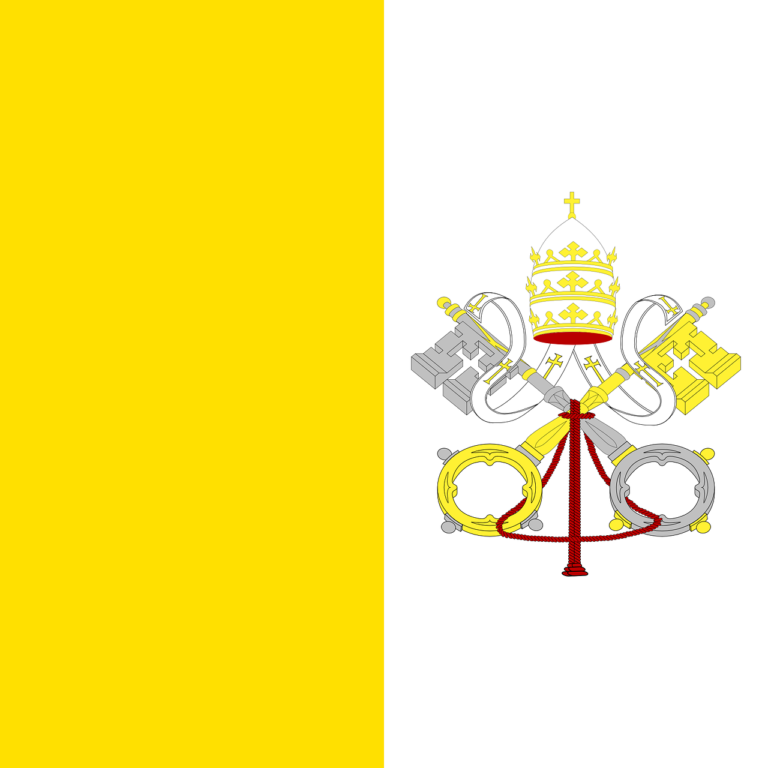Flags have the power to embody the identity and values of a nation, and few flags carry as much historical and cultural significance as the German national flag. Known as the “Bundesflagge,” the German flag is a tricolor banner consisting of three horizontal stripes of black, red, and gold. In this blog post, we will delve into the captivating story behind the German national flag, exploring its origins, symbolism, historical significance, and its enduring importance in contemporary Germany.
Origins and Evolution:
The origins of the German national flag can be traced back to the early 19th century. During the movement for German unification, the black, red, and gold tricolor gained prominence as a symbol of liberal and nationalist aspirations for a united and democratic Germany. The colors were initially adopted by the German Confederation, which sought to establish a constitutional monarchy.
Symbolism and Meaning:
Each color of the German national flag holds symbolic significance. The black stripe represents determination, strength, and the dark chapters of German history. The red stripe symbolizes bravery, courage, and the sacrifices made by those who fought for freedom and democracy. The gold stripe represents enlightenment, optimism, and the ideal of a unified and prosperous Germany.
Historical Significance:
The German national flag has witnessed significant historical moments in Germany’s tumultuous past. Following the 1848 revolution, the tricolor became associated with liberal and nationalist movements advocating for a united Germany. However, its significance waned during the establishment of the German Empire under Otto von Bismarck, which adopted the black, white, and red colors.
The tricolor resurfaced during the Weimar Republic as a symbol of democracy, freedom, and the aspirations of the German people. Unfortunately, during the dark era of Nazi Germany, the flag was replaced by the infamous swastika banner. However, after World War II, the black, red, and gold tricolor regained its significance as the official national flag of the Federal Republic of Germany (West Germany), symbolizing the country’s commitment to democracy and human rights.
Contemporary Importance and National Identity:
In present-day Germany, the national flag holds deep importance. It serves as a powerful symbol of national unity, reminding Germans of their shared history, culture, and values. The flag is prominently displayed during national holidays, such as German Unity Day on October 3rd, and various other events, including international sports competitions and official ceremonies.
The German national flag plays a vital role in shaping the national identity of the country. It represents Germany’s commitment to democracy, peace, and social progress. It serves as a reminder of the lessons learned from the past and the continuous pursuit of a better future. The flag unifies Germans and fosters a sense of pride, resilience, and responsibility towards building a prosperous society.
International Recognition and Reconciliation:
The German national flag also holds significance in terms of international recognition and reconciliation. Germany, after World War II, embarked on a path of reconciliation, seeking to mend relations with its neighboring countries and promote peace. The tricolor flag has become a symbol of a new Germany committed to learning from its history, fostering international cooperation, and actively contributing to global stability and prosperity.
The German national flag, with its iconic black, red, and gold tricolor design, encapsulates the unity, history, and resilience of Germany. Its evolution through Germany’s complex past reflects the aspirations for unity, democracy, and freedom. Today, the flag stands as a powerful symbol of national pride, reminding Germans of their shared values and responsibilities. As Germany continues to evolve, the tricolor flag will remain an enduring emblem, representing the country’s commitment to democracy, peace, and progress.






